Studies of Initial Tonal Acquisition by American English Speakers Learning Yoruba
…
300 pages
1 file

Sign up for access to the world's latest research
Abstract
This thesis documents the nature and character of initial tonal strategies native English speakers employ when learning Yoruba as a second language, using elicited imitation and other computer tonal analysis of errors and strategies on 40 human subjects of various selected backgrounds. This research also provides initial insight into the detail of tonal acquisition in second language learning in general, allowing for future acquisition and learning procedures to be better understood and better prescribed.
Figures (485)



























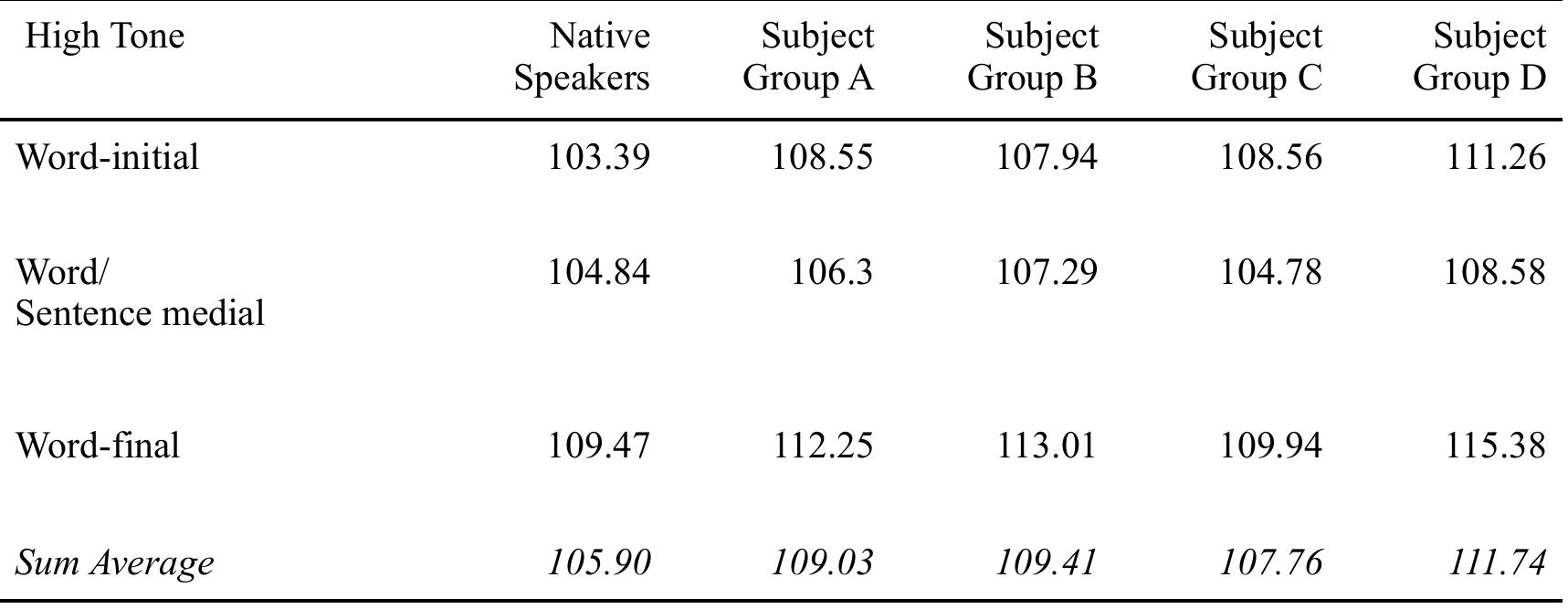


































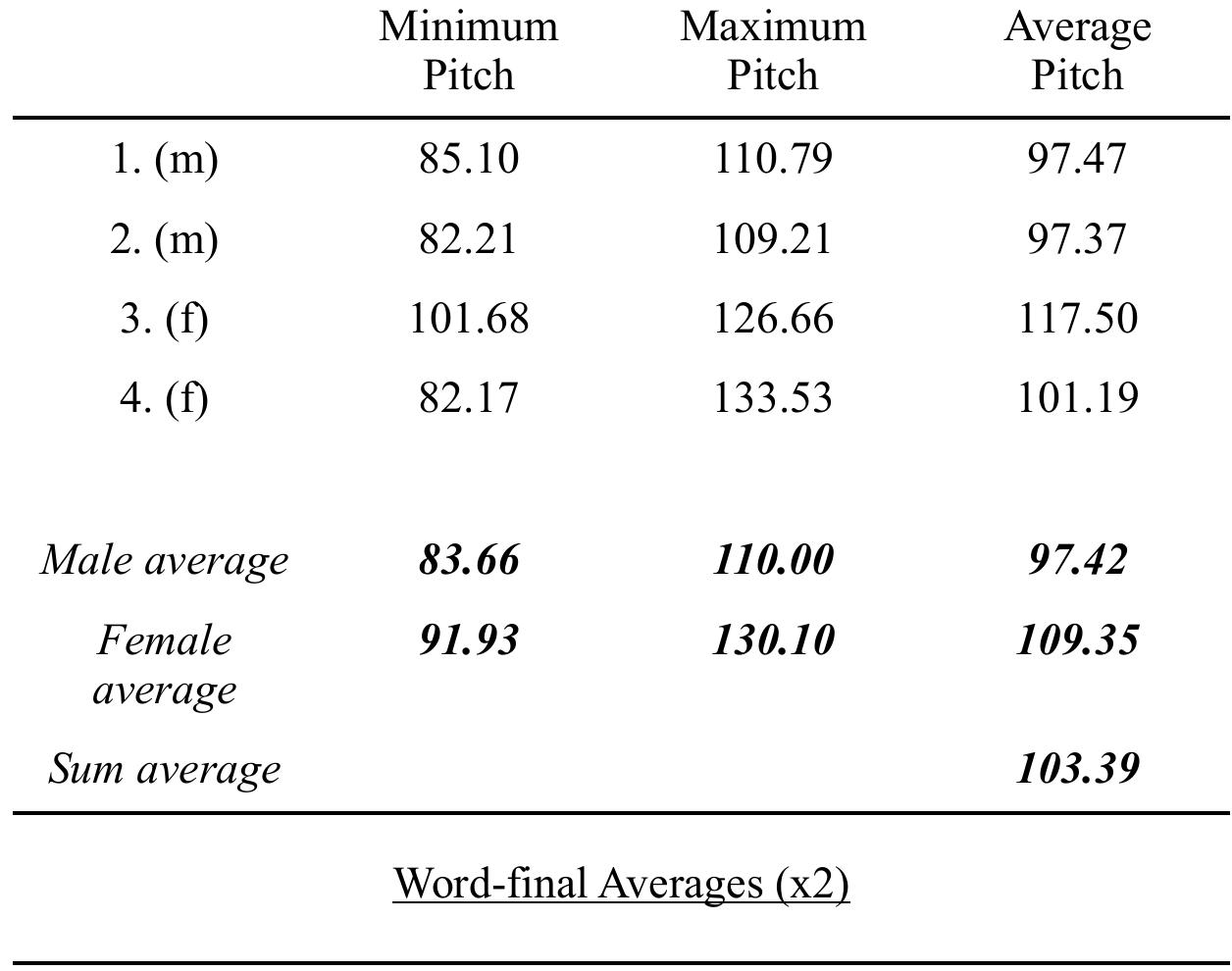


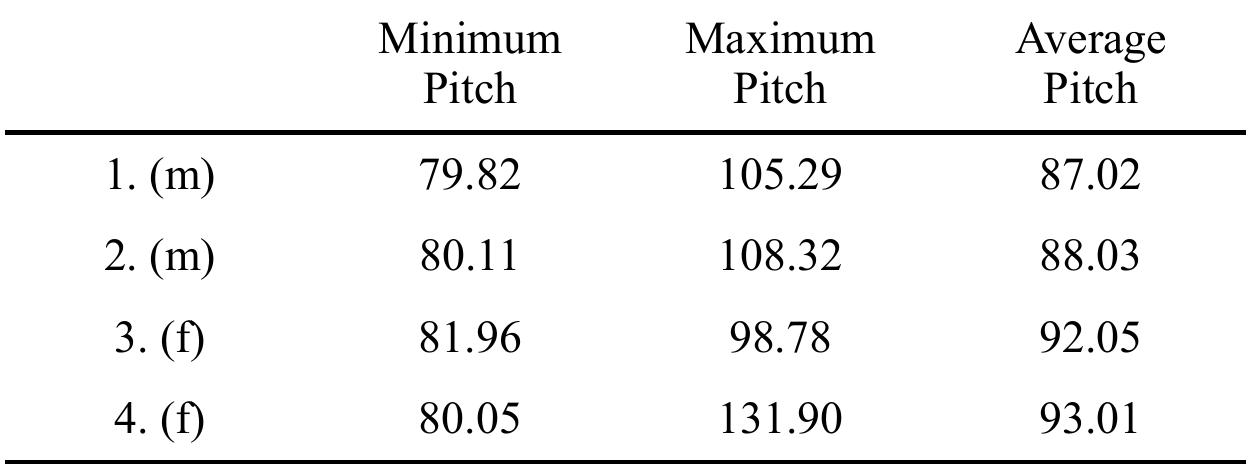









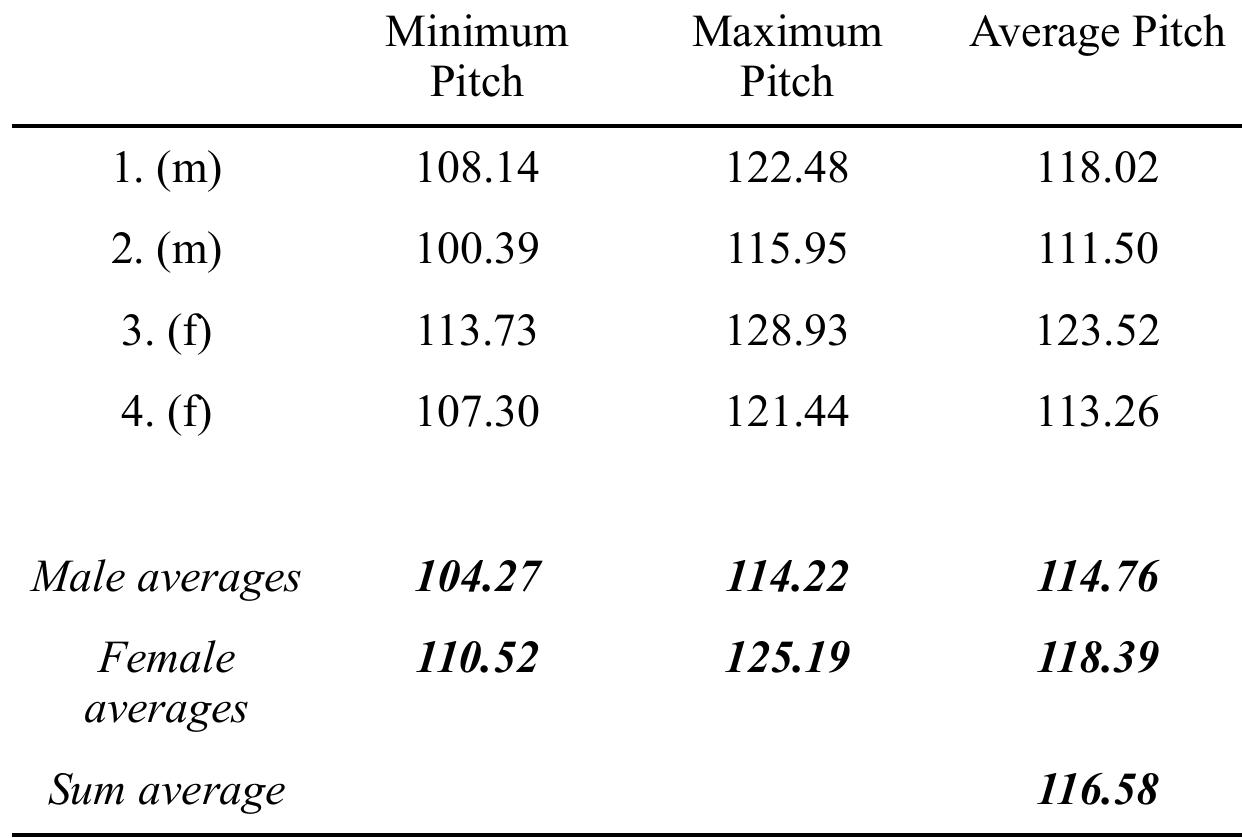











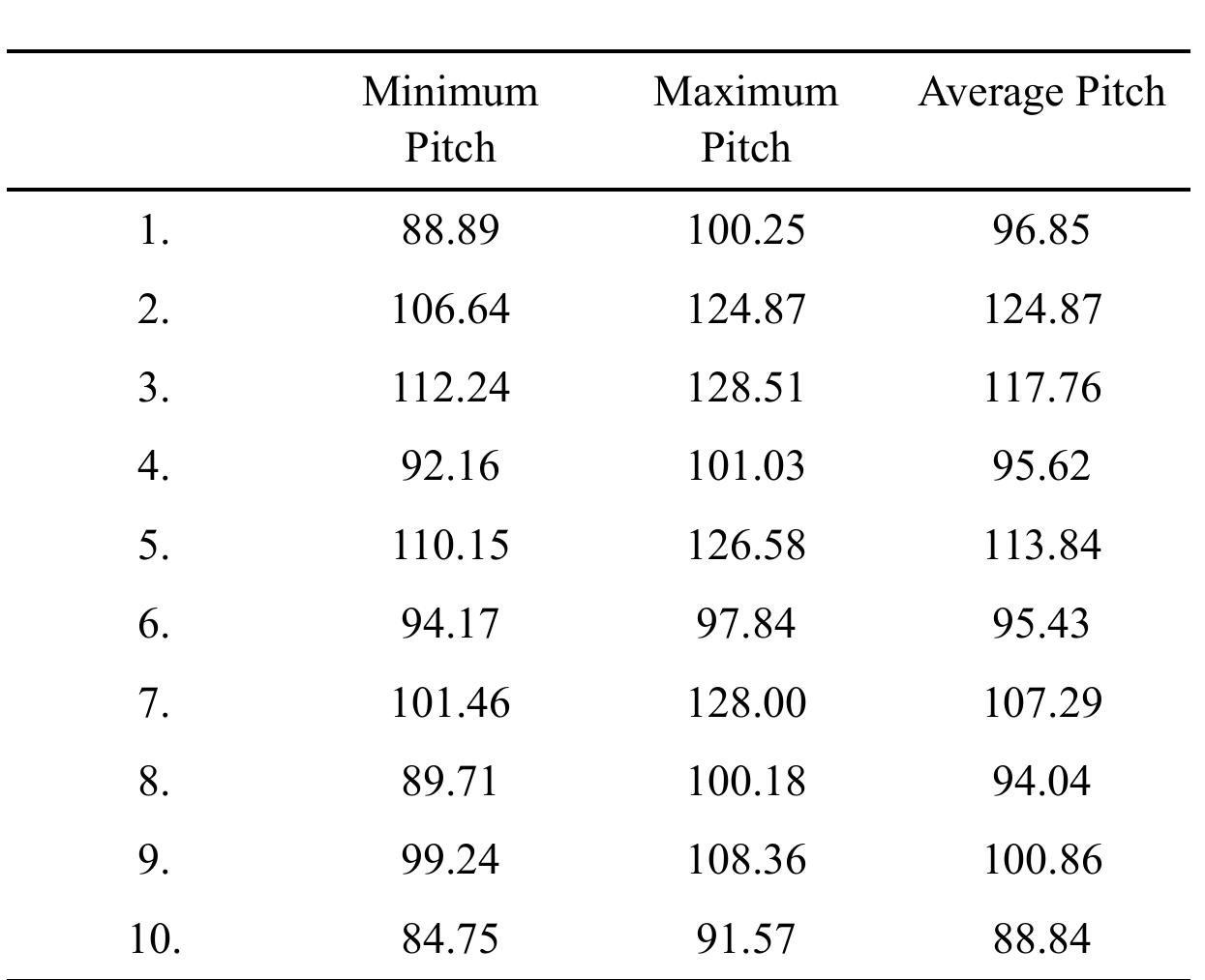















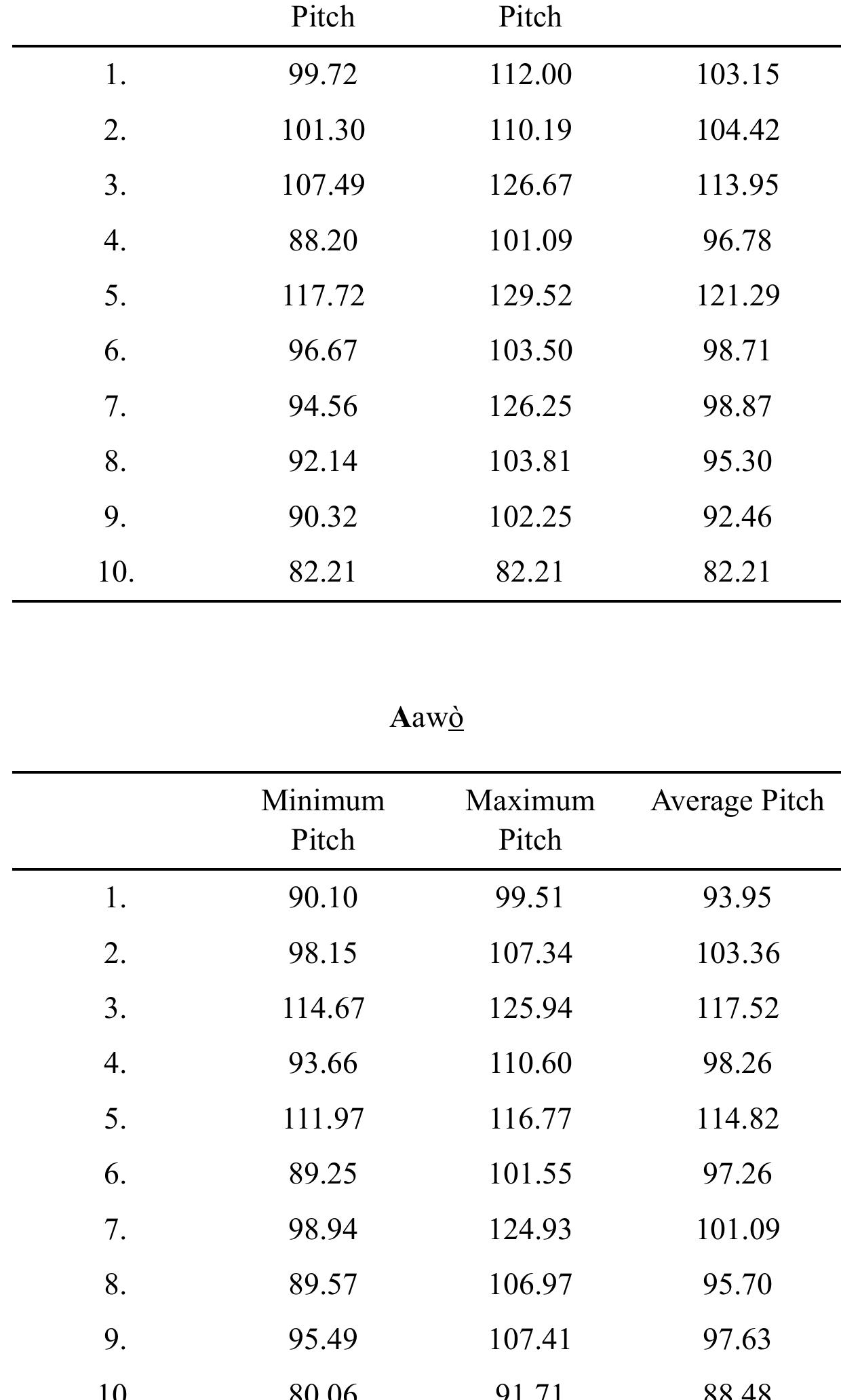



































































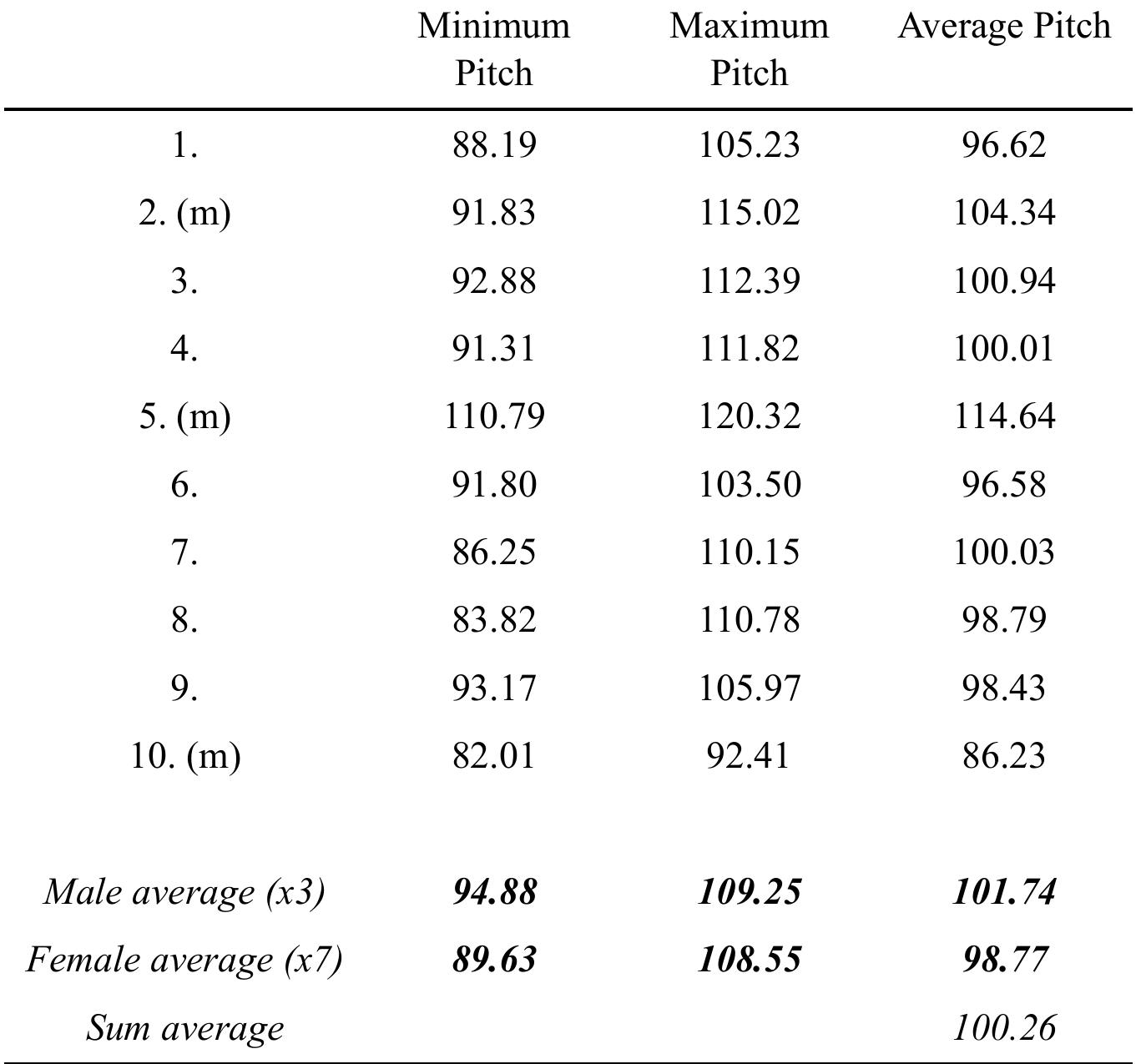







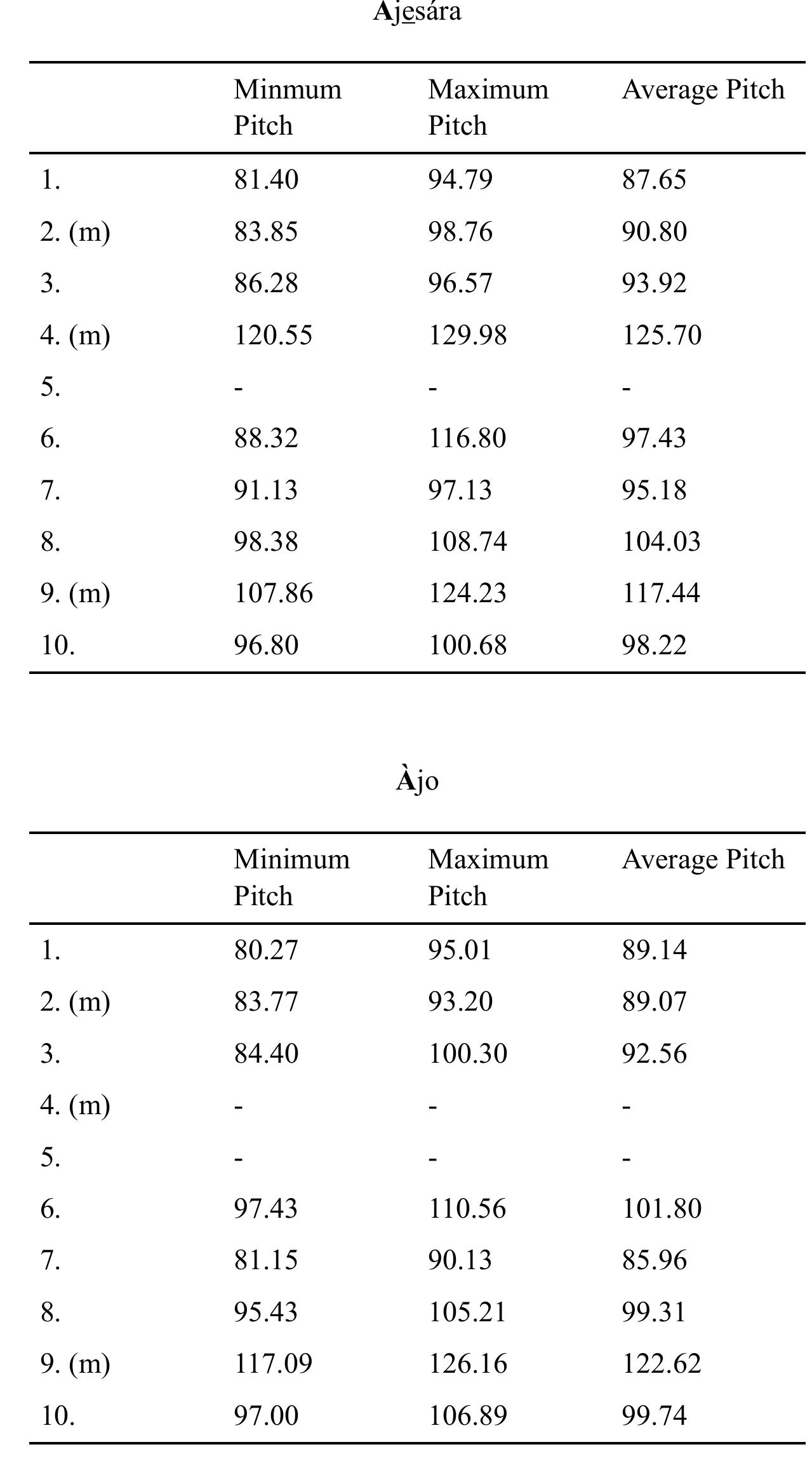











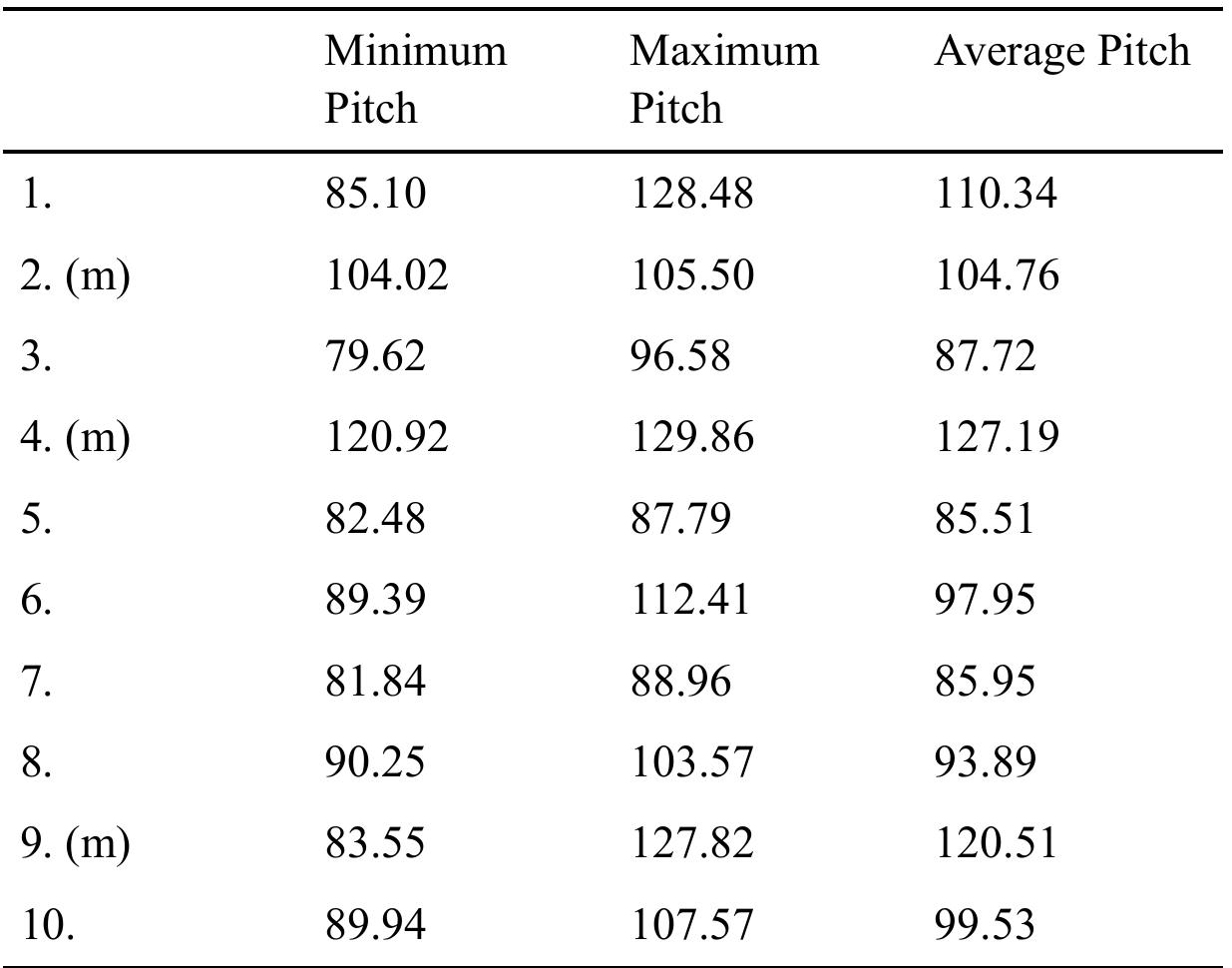



















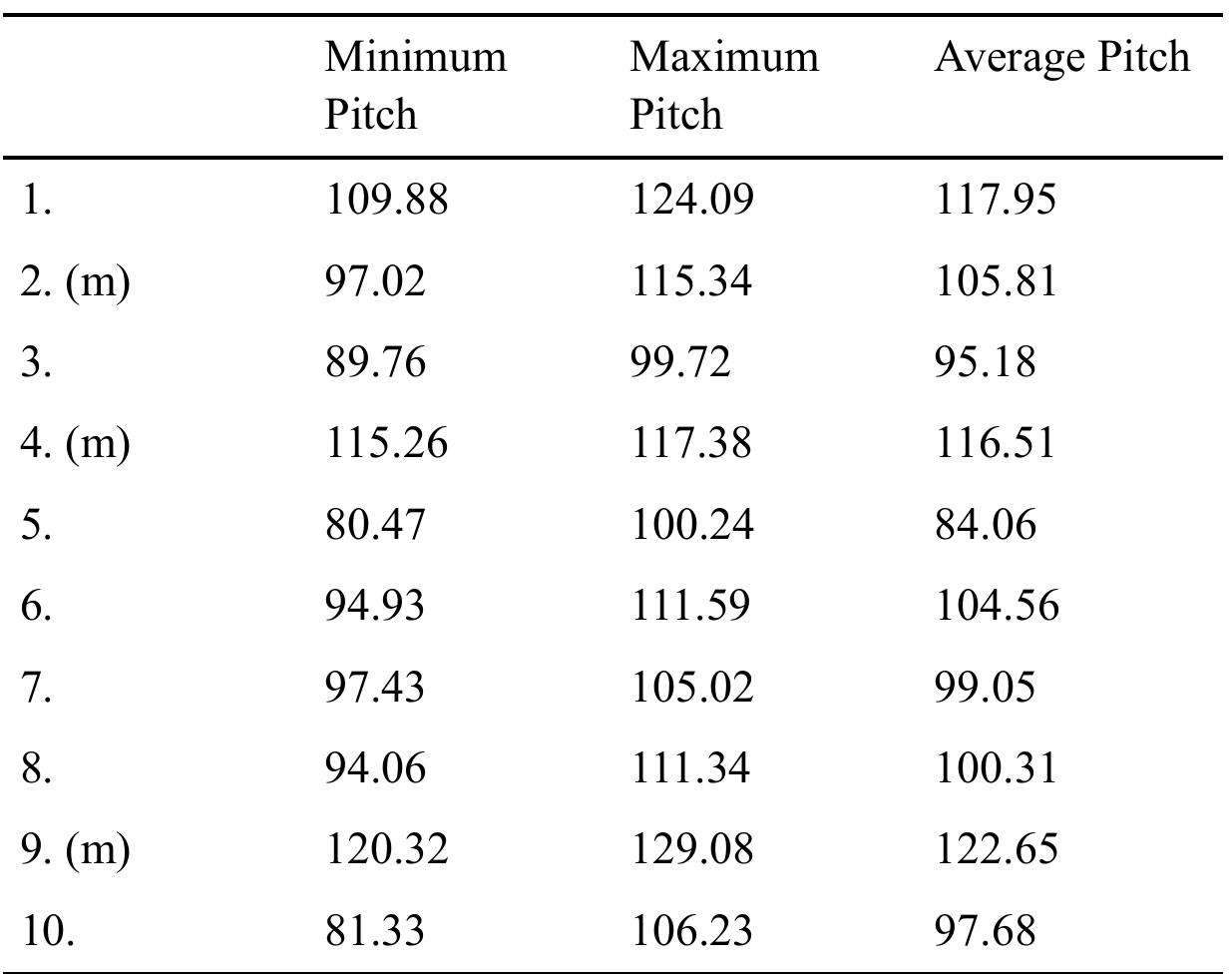




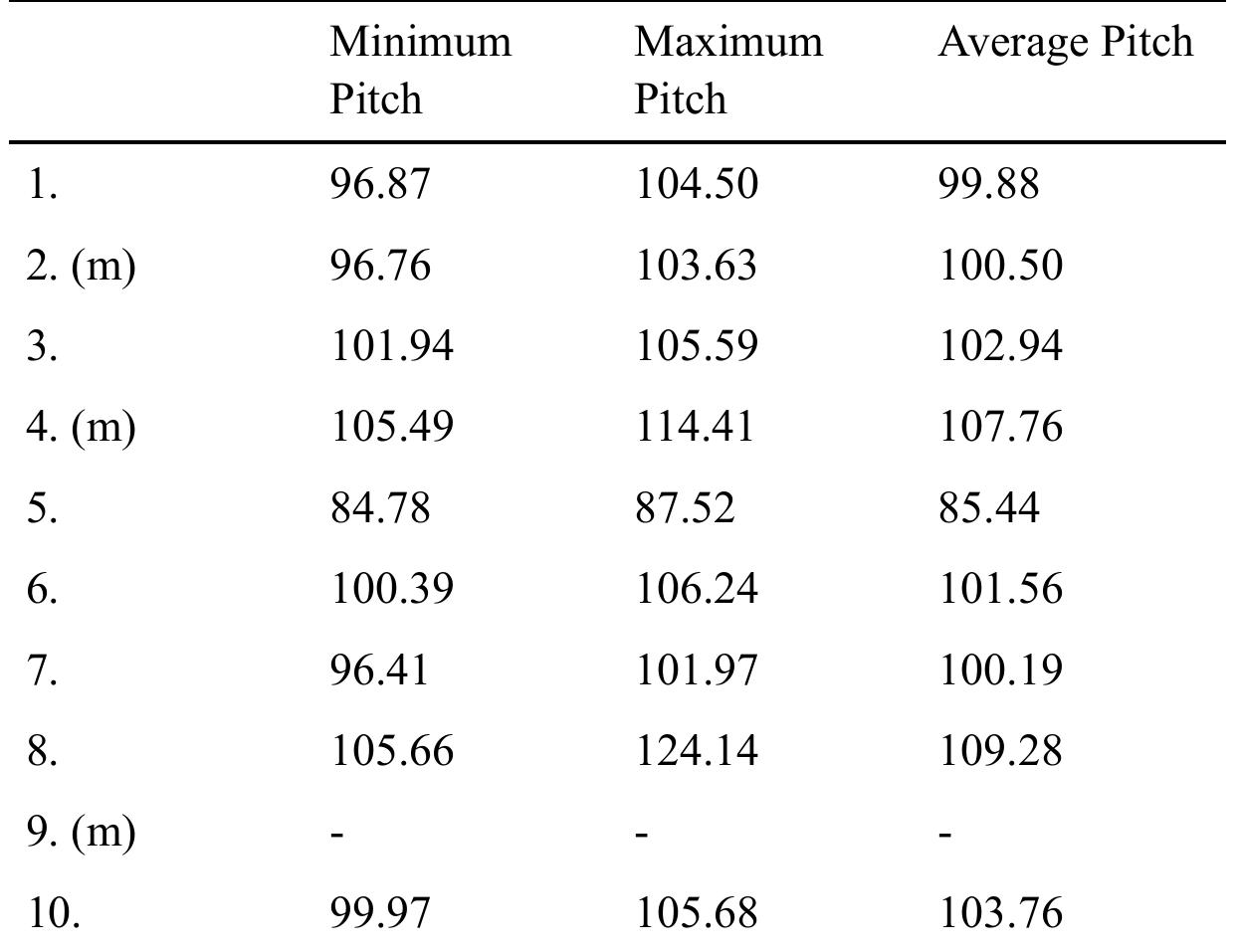
























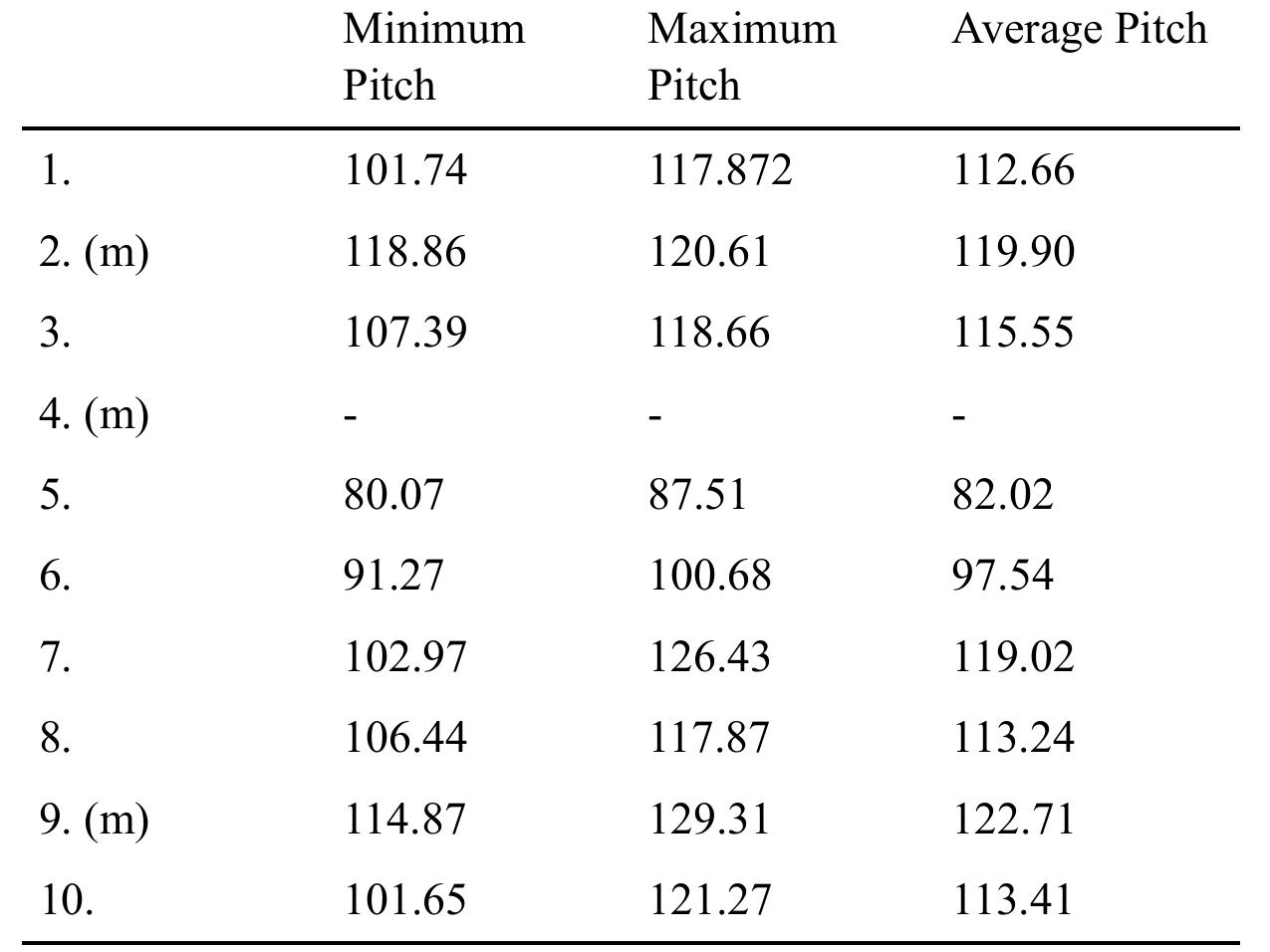







































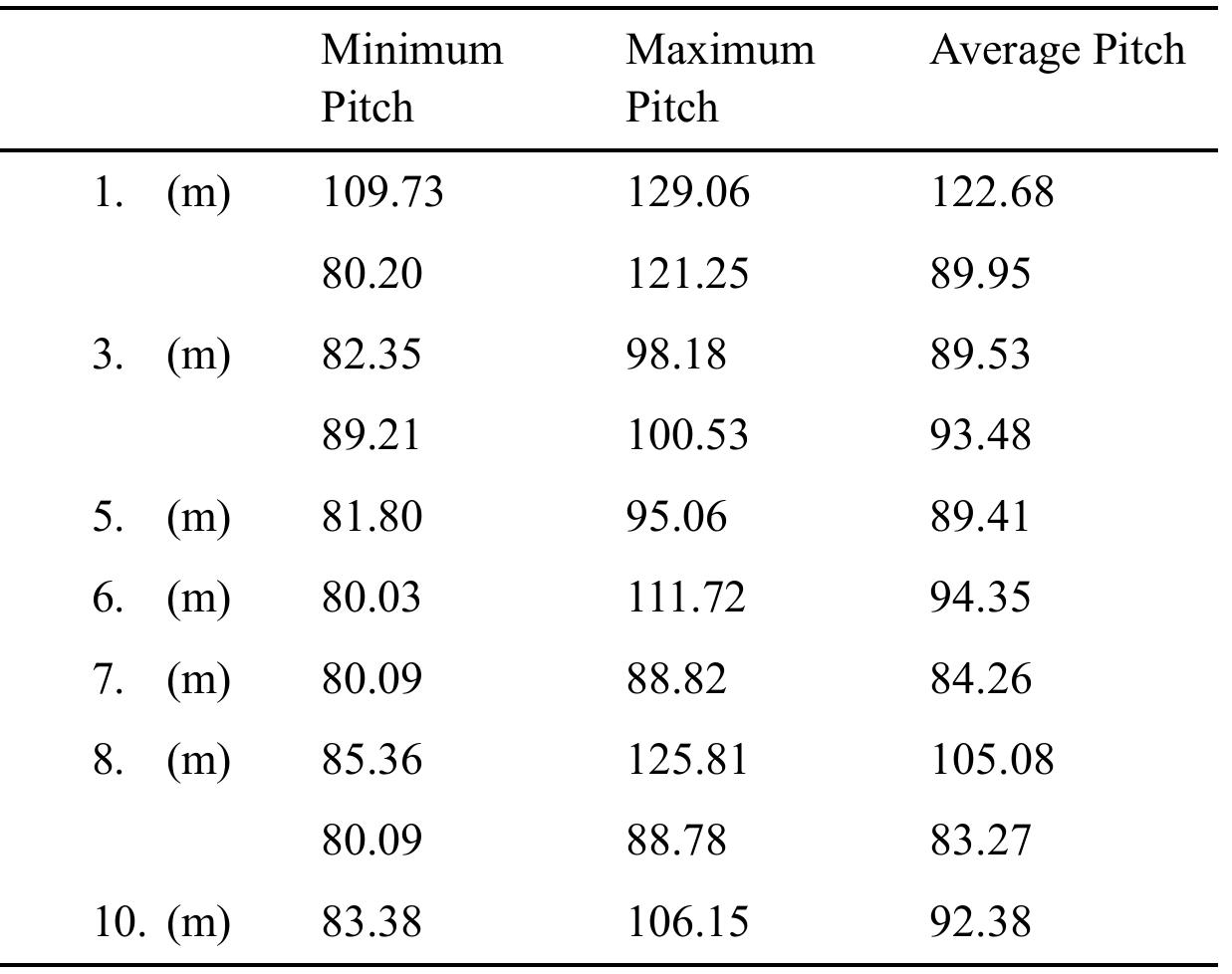










































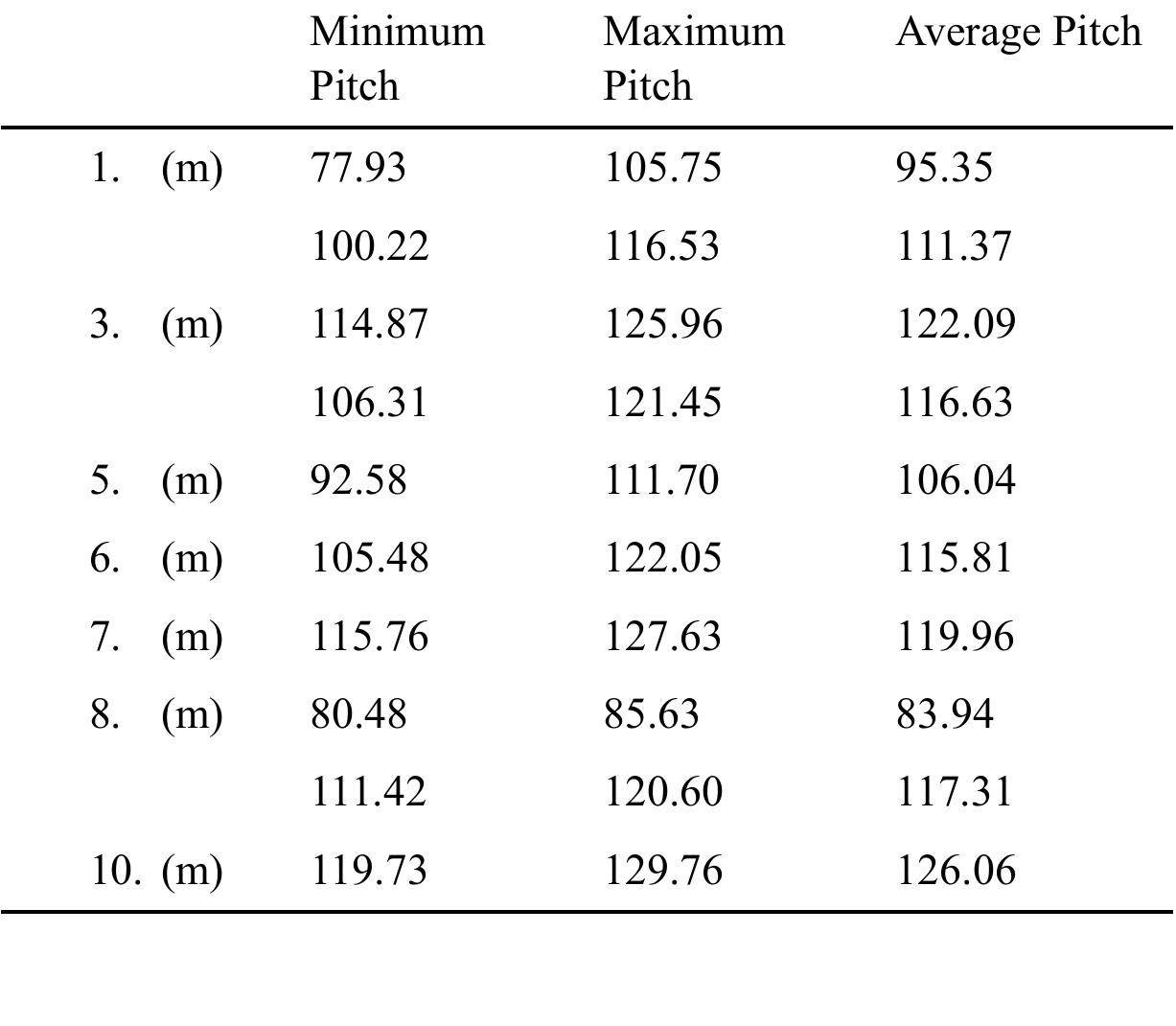



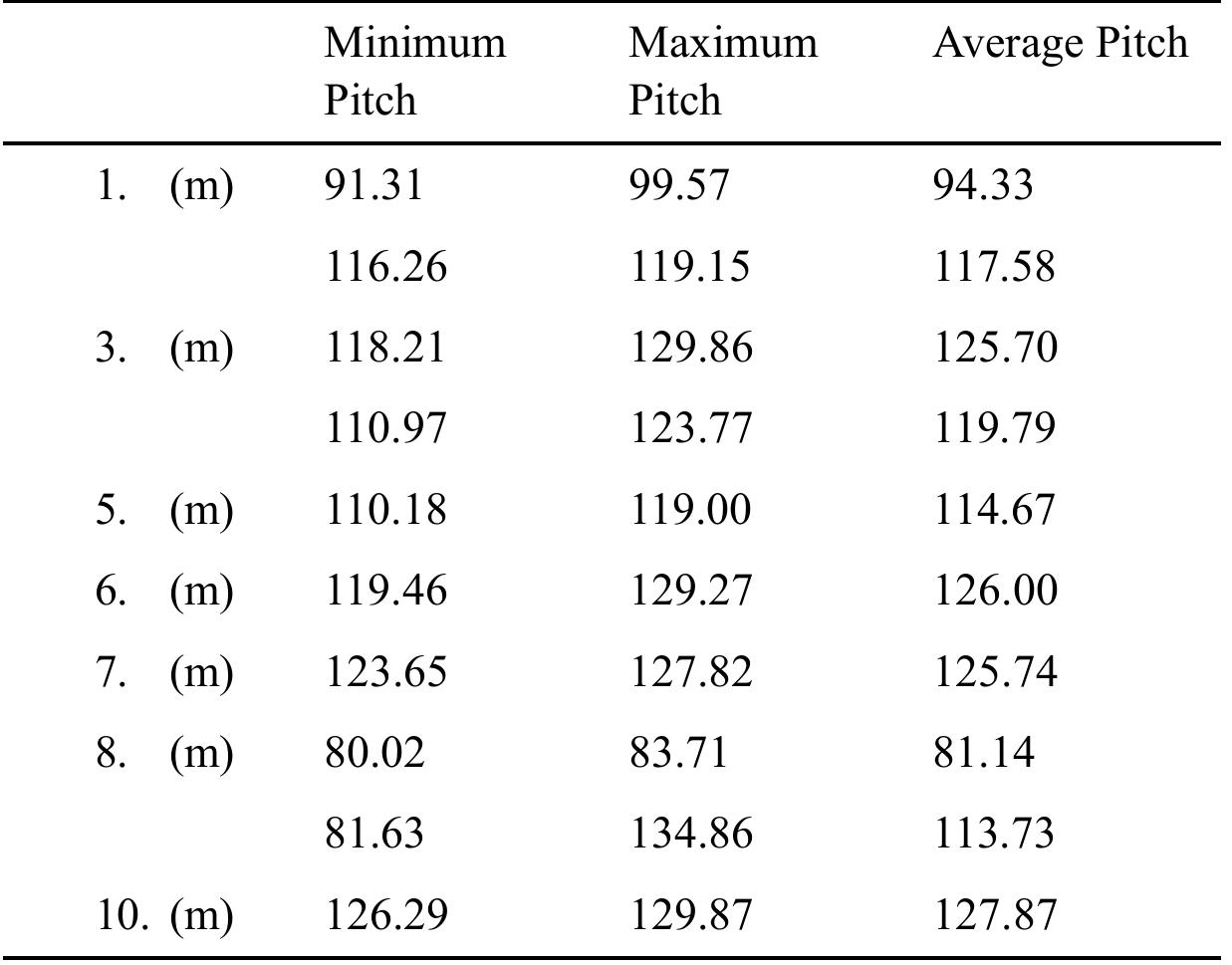










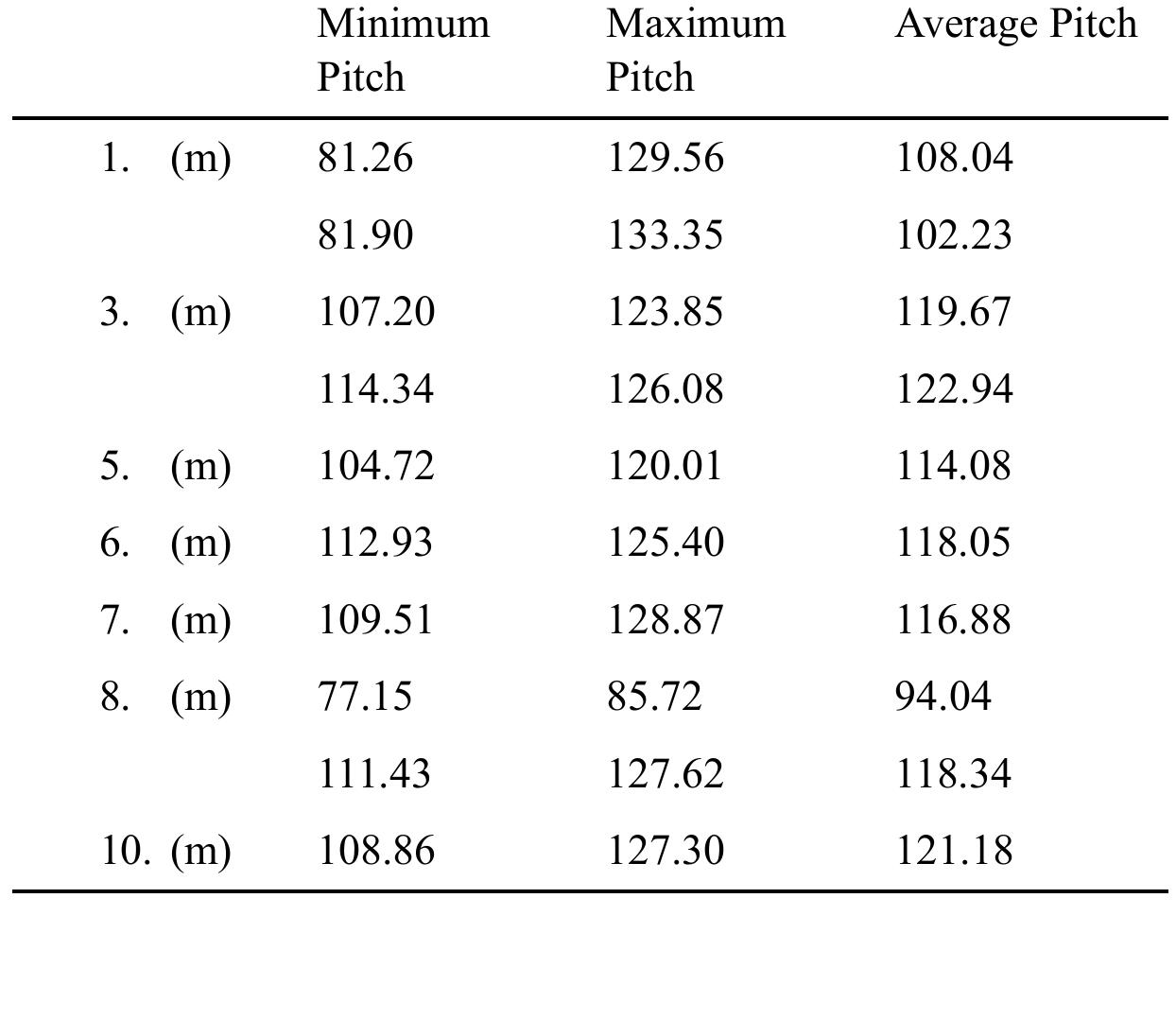





































































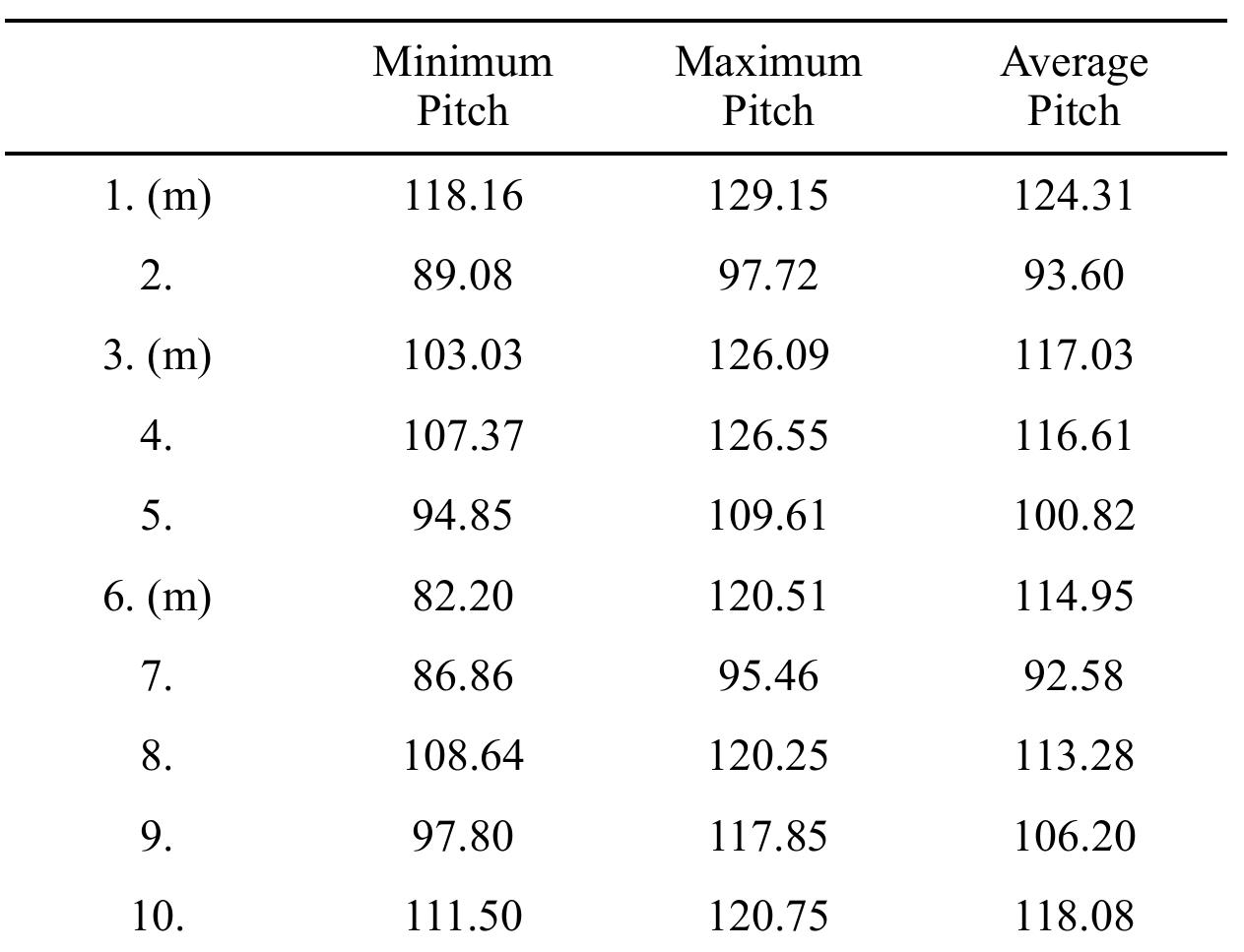




















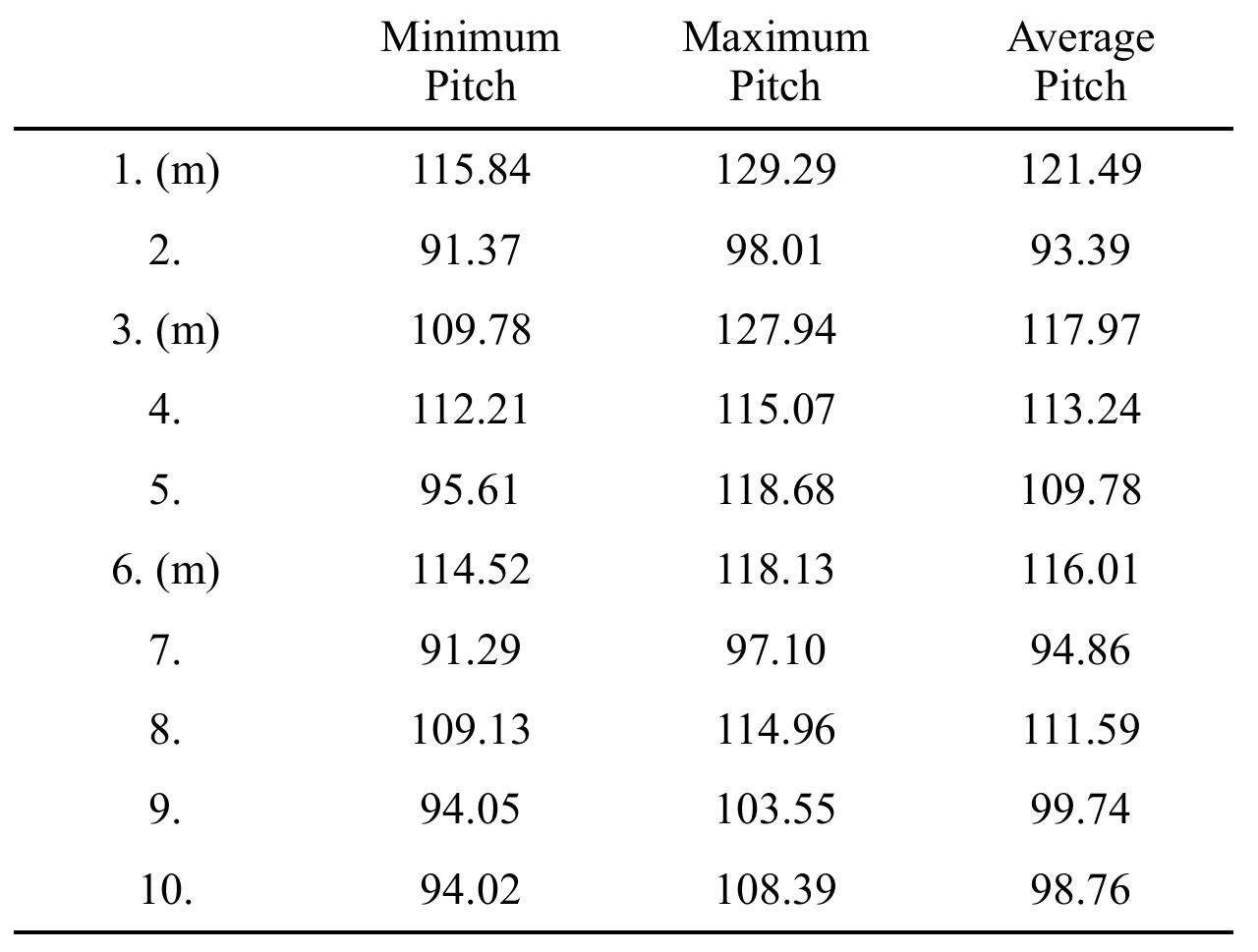













































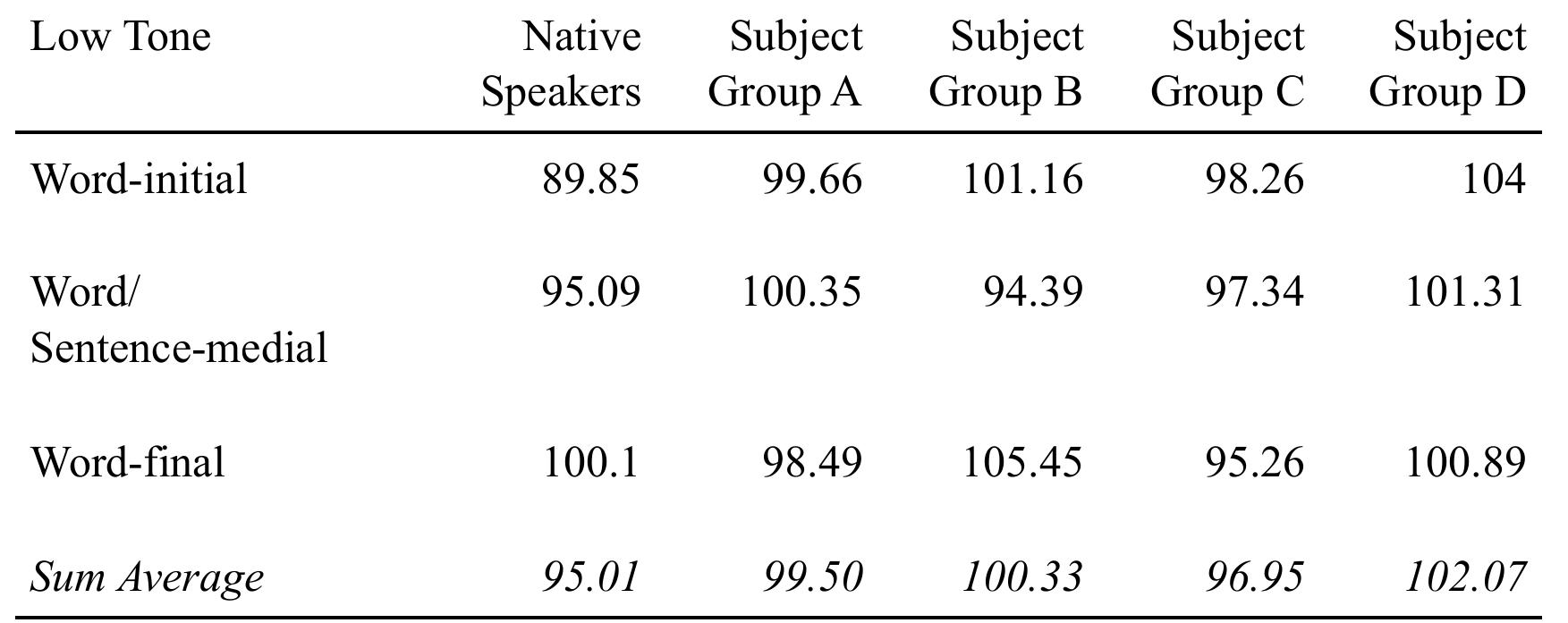








Related papers
Issues in Language Studies
Acquiring a language begins with the knowledge of its sounds system which falls under the branch of linguistics known as phonetics. The knowledge of the sound system becomes very important to prospective learners particularly L2 learners whose L1 exhibits different sounds and features from the target L2 because this knowledge is vital in order to internalise the correct pronunciation of words. This study examined and contrasted the sound systems of Yorùbá a Niger-Congo language spoken in Nigeria to that of Malay (Peninsular variety), an Austronesian language spoken in Malaysia with emphasis on the areas of differences. The data for this study were collected from ten participants; five native female Malay speakers who are married to Yorùbá native speakers but live in Malaysia and five Yorùbá native speakers who reside in Nigeria. The findings revealed that speakers from both sides have difficulties with sounds and features in the L2 which are not attested in their L1 and they tended ...
Dialectologia, 2021
This article studies variations in the realisation of contour tones in Oyo, Ibadan, Ife, Igbomina, Ijebu, Ijesa, Ilorin, and Onko dialects of Yoruba and reports that the dialects exploit different dimensions of contour tone realisation to distinguish themselves. Ife, Igbomina and Ijesa dialects reduce the frequency of contour tones via high tone lowering and contour levelling, whereas Ijebu dialect multiplies contours in several ways. For instance, where the other dialects have MH and HH sequences, Ijebu has LH [LR], which increases its frequency of contour tones. In addition, Ijebu is the only dialect in which the M participates in contour tone formation whereby, ML sequence is realised MMU L. On the other extreme, Onko does not realise the falling contour at all. It is consequently argued that these dissimilarities between tonal contours are key indicators of dialectal variations among Yoruba dialects and they are more discernible than segmental and other grammatical indicators that have been more widely studied.
This paper, a contrastive study of the phonology of Igbo and Yoruba, is aimed at finding out the phonological problems the Igbo learners of Yoruba and the Yoruba learners of Igbo will encounter in their learning Yoruba and Igbo, respectively, as their L2. Using existing works on the phonology of Igbo and Yoruba, the researchers compared the consonants, vowels and tonal systems of both languages. Igbo is made up of twenty-eight consonants and eight oral vowels, while Yoruba has eighteen consonants, and twelve vowels comprising seven oral vowels and five nasal vowels. The contrastive analysis carried out evinced that there are some sounds in Igbo which are not present in Yoruba; also some sounds in Yoruba are not in Igbo. For example, /p kw gw v z ŋ ŋw ɲ ɣ ʧ / are Igbo phonemes which Yoruba lacks. Another striking difference between the two languages is the presence of nasal vowels in Yoruba, / ĩ ɛ ̃ ã ɔ ̃ ũ /, which do not exist in Igbo. Also, /ɪ/ and /ʊ/ are in Igbo and not in Yoruba, while /ɛ/ is present in Yoruba but absent in Igbo. Although both languages have high and low tones, Yoruba also has a mid tone while Igbo also has a downstep tone. Following the tenets of contrastive analysis (CA), these differences are presumed to constitute learning difficulties. To make the learning of these languages easy for our stated learners, all the predicted areas of difficulties must be properly handled by the language teachers to avert the manifestation of the predicted errors in the speech of the learners. This could be achieved by making the Igbo learners of Yoruba master the production of those Yoruba sounds they are not familiar with; and
Journal of Cognitive Science, 2016
The issue of what constitutes the linguistic system that is, the grammatical status of the kind of grammar produced by second language learners has remained a subject of controversy in SLA studies. This type of grammar usually a deviant form of the target language known as interlanguage has been considered by some SLA scholars to be a form of grammar based on its regularity and consistency in terms of the rules involved in its derivation. This study examined the interlanguage grammar of twenty adult Ìgbò native speakers who were L2 learners of Yorùbá with focus on tone marking. Findings revealed that the Ìgbò learners of Yorùbá made use of deviant tones when compared with adult Yorùbá native speakers' pattern of tone marking. However, there was a kind of regularity and consistency in what is regarded as deviations in the form produced by the Ìgbò subjects. This regularity and consistency confirms that, the occurrence of tones in the interlanguage grammar of Ìgbò L2 Yorùbá are also rule governed like any native language which makes it a form of grammar in its own right. This obviously supports the claim that interlanguage could be a form of grammar in some instances which emanated from the combination of linguistic and innate factors.
Theory and Practice in Language Studies, 2012
Pronunciation is one aspect of language that cannot be easily mastered by a second language user, especially after the age of puberty. This paper discusses the difficulties involved in adult learners of a second language. The emphasis is on Yoruba learners of English as second language, with particular reference to the production of the dental fricatives /ѳ / and /δ/, which are non-existent in Yoruba language phonology. It is opined that only young children who are ten years or under can truly master the intricacies of a second language, including its phonology. This study, used an unobtrusive observation method as a classroom teacher, complemented by an empirical study. The researcher watched and listened several times to adult studentteachers in their speech behavior. This led to the design of a special passage given to the teacher-trainees by the researcher and was analyzed through frequency counts, to confirm the unobtrusive observations. It was discovered that although there may be production problem on the part of Yoruba speakers of English as a second language, there seems to be no perception problem as mutual intelligibility is still attained, notwithstanding the mispronunciation of these sounds. The study's conclusion is that with the widespread of English globally, variations, especially in pronunciation, are bound to occur, and as long as such variations do not border on unintelligibility, either locally or internationally, they remain part of world's Englishes. Index Terms-production problem, perception problem, English dental fricatives, Yoruba speakers of English, second language I. INTRODUCTION/RESEARCH ISSUE The place of English as a global language is not in dispute. The number of people, spread across the different continents, that uses the language for one purpose or the other, attests to the fact that English is, indeed, a global language. Chinese is said to have a higher number of speakers. The staggering number of Chinese speakers is as a result of China"s population, and not necessarily a consequence of the spread of the language across the globe. English, on its part, has been successfully exported round the world to the extent that, through language contact, according to Sinclair (1988), the native speakers no longer have control over it. In Nigeria, English came in the 18 th century with the slave trade. It came then as a foreign language (EFL) as it was and still not indigenous to the Nigerian linguistic environment. Folorunso (2004) conceives a foreign language in relative terms, as a means of communication which is external to the cultural and political homogeneity of the language community. With the colonization of Nigeria by British imperialists, English, being the official language, as well as the language of instruction in western education, grew in leaps and bounds in the country. Today, the language has since changed status from a foreign language that it was at its advent, to a second language that it is now. A useful distinction is made between English as a foreign language (EFL) and English as a second language (ESL), and this is useful for our present purpose. Okedara, (1983) posits that a language is foreign when it is restricted to the classroom as a mere school subject to be taught just as any other school subject. Ogunsiji, (2004) argues that when, however, a language is not only taught in the classroom as a school subject, but has its use extended to other domains and used extensively, in addition to the mother tongues, it has attained the status of a second language. In addition to the above, Ayodele, (2004) says a foreign language is distinguished from a second language by the higher priority of use which the latter enjoys and that it is acquired, almost as a matter of course as development is being experienced in the mother tongue. This has been the situation of the English language in Nigeria. With the colonization of Nigeria by British imperialists, English became the official language. Today, the language has also become a second language because its use extends to other domains and it is used extensively in addition to the various mother tongues. In Nigeria today, English is not just a subject taught in Nigerian schools, right from the kindergarten: it has also found usage in other areas outside the classroom, where it is used as a medium of instruction. It is also the language of government, commerce, judiciary and bilateral relations. Besides, Fakuade (2004) describes English as the language of social integration among the over two hundred and fifty ethnic nationalities that make up the country and that it is acquired by its users almost as matter of course as they are developing with the mother tongue.
PHONOLOGICAL ACCURACY, APPROXIMATION, AND SUBSTITUTION OF THE ENGLISH CENTRAL VOWELS BY EDUCATED YORUBA ENGLISH SPEAKERS, 2023
Appropriate articulation of the English Central Vowels (ECVs) −/ ᴧ, ɜ:, ə /− is important to the intelligibility of expressions of Educated Yoruba English Speakers (EYESs). Previous linguistic studies on educated Yoruba English (EYE) focused largely on the general description of English central vowels and the geo-tribal peculiarities of the realisation of English central vowels. However, scant attention was paid to the articulatory impact of the ECVs on achieving Standard Nigerian English pronunciation that will be globally recognised. Therefore, this study was designed to examine the production of ECVs by EYESs, with a view to determining the nature of their articulation accuracy, approximation, and substitution of the ECVs. Noam Chomsky and Morris Halle's Generative Phonology served as the theoretical framework, with analyses contingent on statistics and phonology. Overall, the EYESs substituted adjacent Yoruba vowels for the English central vowels, achieving marginal 0 2 5 C accuracy only with / :/. There were no significant differences regarding age and gender among the EYESs. The articulation of the central vowels by educated Yoruba English Speakers features substitution of adjacent Yoruba vowels for the English central vowels, not accuracy or approximation.
2005
In spite of active research work on the prosodic features of world languages in the last few decades, tone is the only prosodic feature in Yoruba that has received considerable attention in the field of linguistic research. Intonation, on the other hand, has suffered a near-neglect. All there is to be flagged up in the existing literature on the intonational system of the language are mutual effects of tones on each other. But there is more to Yoruba intonation than such effects. Recent approaches do not facilitate any comparison of Yoruba intonation with that of non-tone languages. The present investigation seeks to give a more sophisticated account of Yoruba intonation. Drawing on universal traits of intonation across languages, I report, in this paper, some of the new findings of a new elicitation study on the nature of Yoruba intonation. Acoustic analysis of the Fo patterns in some spoken Yoruba sentences in the following categories: declarative and three types of interrogative ...
35th Annual Conference on African Linguistics, …, 2004
In this paper we present the results of a study of the tonal adaptation of English loanwords into Yoruba. The study is based on the c. 800 word corpus assembled in the appendix to Ojo (1977).1 Yoruba is a language whose lexical items are composed of open-syllables that ...
International Journal of English Language Teaching, 2014
The paper discusses a core feature that differentiates Nigerian English from other native Standard English varieties, namely the English prosodies of Stress-Rhythm-Intonation, in the light of the dominant L2 transfer feature of Nigerian spoken English's Yoruba 'tone-prominence'. Particular attention is given to Pitch which translates phonetically into Yoruba 'Tones'. It discusses how the language use of popular street urchins in Lagos, Nigeria (popularly called 'Area boys') has been successfully used (among other registers) to teach the English prosodies of stress (embedding 'pitch'), Rhythm and Intonation (also embedding 'pitch') in a multilingual but largely Yoruba L2 'tone-prominence' speech community. A prosodic theoretical framework is adopted in the discussions and analysisof data, hitherto used in teaching a graduating class of B.A. English students who had been taught courses in English phonology throughout their four year course. It is argued that despite the disparity between the two language systems of Yoruba and English at the prosodic level, the language of 'Lagos Area Boys' creates some connectivity which the typical undergraduate student of English can identify with and which is used to successfully teach Pitch in particular, even though that language register is largely 'tone-prominence' based. Moving from the known to the unknown is always a useful teaching methodology and this approach has been employed here. Thus, an established connectivity in disparity can and indeed has, been used successfully within the Yoruba-English L2 language contact situation.
Lingua, 2011
This paper considers a particular type of tonal behavior in Yorùbá with the goal of testing whether syntactic and phonological domains converge or diverge. We consider two types of syntactically conditioned phonological rules: (i) the appearance of phonological elements not present lexically (epenthesis/insertion), (ii) the loss of phonological elements (deletion). These types of rules are often tightly interconnected as the

Loading Preview
Sorry, preview is currently unavailable. You can download the paper by clicking the button above.
Related papers
Open Journal of Modern Linguistics, 2014
Global Journal of HUMAN-SOCIAL SCIENCE: G Linguistics & Education, 2021
Ifè̩ Journal of Languages and Literatures, Volume 4 Number 1 pages 51-64, 2018
Research on Humanities and Social Sciences, 2013
International Journal of Linguistics, Literature and Translation, 2020
ANTITHETICAL PHONOTACTIC CONSTRAINTS BETWEEN ENGLISH AND YORÙBÁ LANGUAGES: A SOURCE OF PHONOLOGICAL IMPRECISION AMONG THE L2 SPEAKERS, 2022
Phonetica, 1993
Theory and Practice in Language Studies, 2021
Revista alicantina de estudios ingleses, 1994
Faculty of Arts Sa’adu Zungur University Bauchi State, 2024
INTERDISCIPLINARY JOURNAL OF AFRICAN & ASIAN STUDIES (IJAAS), 2023
 Kola Tubosun
Kola Tubosun Kola Tubosun
Kola Tubosun
